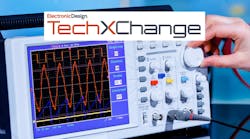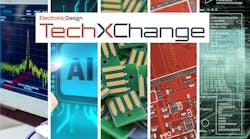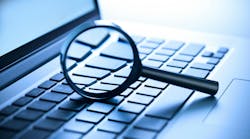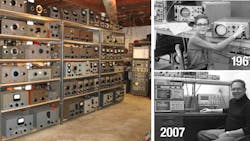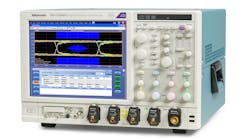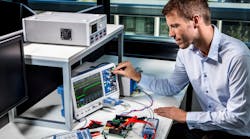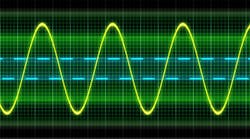Oscilloscopes (i.e., scopes) are one of the primary tools in a test and measurement toolbox. This TechXchange collects articles and videos about using and selecting scopes. Part of the challenge of covering these tools is the various versions, including USB-based, portable and desktop models as well as analog versus digital scopes. A Little Oscilloscope History provides a short overview of the test tool.
Oscilloscope TechXchanges
This TechXchange provides a list of oscilloscope-related TechXchanges below that contain articles, videos and podcasts that delve into different aspects of this test and measurement tool from how to use it to differences. They presente articles like Why You Should Care About Oscilloscope Acquisition Modes that you may find useful.
Find More TechXchanges
Find more curated content about oscillloscopes and other topics.
A Little Oscilloscope History
One of the most basic pieces of test equipment is the oscilloscope (i.e. scope). They have been around for decades (Fig. 1), but many of the techniques used with a scope apply to the analog scopes of old and digital scopes of today that have more computing power than many supercomputers of the past.
Originally, analog oscilloscopes employed cathode ray tubes (CRTs) to present electrical signals. Analog circuits controlled the scanning beam of the CRT. These days, digital oscilloscopes employ digital displays and use high speed analog-to-digital converters (ADCs) to record the signals.
The first commercial scope was released in 1931 by General Radio Company (GenRad). Other earlier oscilloscope OEMs included Rohde & Schwarz and Hewlett-Packard. Tektronix followed a few years later in 1946.
Here are some historically oriented articles about oscilloscopes and test technology.
